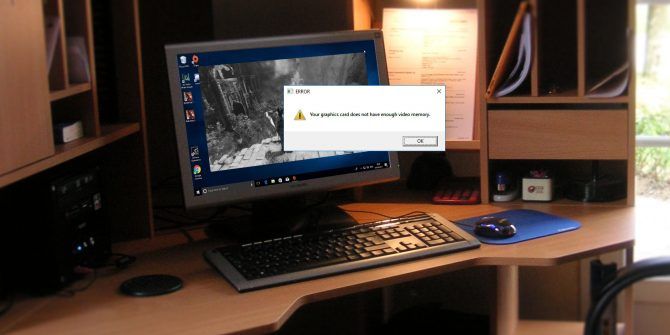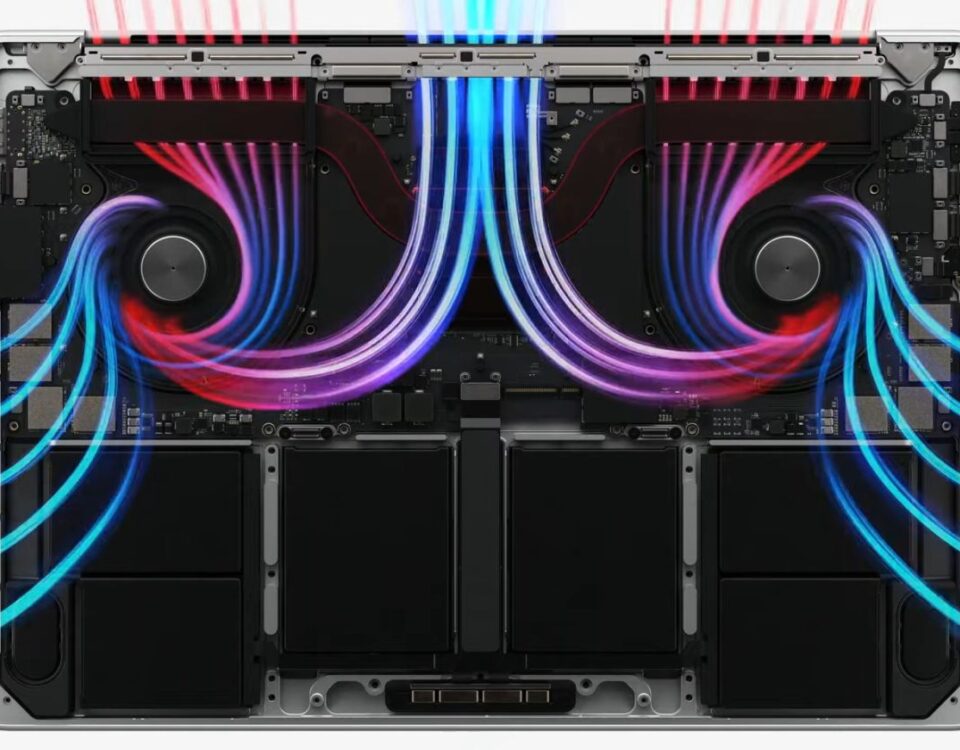Developer Mode in Windows 10 allows developers to access additional testing and debugging tools to test Windows Store applications and third-party apps. It also helps optimize the user experience with Windows Explorer, PowerShell, and Remote Desktop tools. Such optimization is otherwise restricted.
Windows allows you to activate the Developer Mode in the settings, but there are instances when you cannot do so. When you can’t turn on Developer Mode in your Windows, there could be numerous reasons for this. Let’s look at some easy ways to fix it.
1. Set Your Account to Administrator Status
Sometimes, Windows will not let you turn on Developer Mode if you are not using your administrator account. Therefore, first, ensure that your administrator account is logged in with administrative rights to access Developer Mode.
Follow the below steps to do that:
- Right-click on the Start icon from the taskbar and open Settings.
- Navigate to Accounts and select Family and other users from the menu on the left sidebar.
- Select your account and then select the Change account type.
- Change the account type from Standard User to Administrator.
-
Press OK, and sign in again from the account you’ve granted administrative access to.
If you do not see any other accounts on your PC, it means you are using the primary account with administrator rights. As such, no action is required in this case.
2. Edit the Group Policy
The sets of commands in Group Policy Editor dictate what a computer can and cannot do. The Group Policy Editor may restrict you from turning on the Developer Mode because of the access permission.
When it’s disabled in the Group Policy Editor, you won’t be able to turn on the Developer Mode. Thus, ensuring it’s enabled in the Group Policy Editor is imperative.
To do that, press Win + R to open the Run command. Then, type “gpedit.msc” and click OK.
Expand the Computer Configuration category on the left side of the Local Group Policy Editor window. Expand Administrative Templates and then Windows Components. Double-click the App Package Deployment option under Windows Components.
Double click on Allow all trusted apps to install, and a new window will open. For the changes to take effect, click Enable, Apply, and then OK.
Group Policy changes are not implemented instantly and may take up to an hour to be implemented. Open a command prompt by typing CMD in the search bar and opening it as an administrator. Type gpupdate into the command window and click OK. It will enable Developer Mode on your PC immediately.
With this change, you should be able to turn on Developer Mode. If not, refresh Group Policy.
3. Refresh the Group Policy
You may have made any abnormal changes to the Group Policy Editor that prevent you from accessing Developer Mode. To rule out this cause, it’s imperative to refresh your Group Policy.
When you refresh Group Policy, you restore all changes made to Group Policy to their original state. Thus, if there is any abnormal setting causing the issue, it will be corrected immediately.
To refresh Group Policy, follow these steps:
- In the Windows taskbar search box, type cmd.
- Open the command prompt as administrator by right-clicking on the command prompt icon.
- Enter “gpupdate /force” in the command prompt. (Remember to put a space between “gpupdate” and “/”)
-
Hit Enter.
Restart your PC after the command has run its course, then check if the Developer Mode has been enabled or not. If not, it’s time to adjust your system settings.
4. Revert Recent System Changes
If you revert the system changes, you will return to the older settings of the window where the Developer Mode was working.
Follow the steps below to revert system changes using system restore.
- Right-click the This PC icon on the desktop, then choose Properties from the menu.
- Navigate to System protection under Related settings. (You may find this setting on the right-sidebar of About Settings in the Settings App.)
-
Click System Restore under the System Protection tab in the System Properties window.
- After launching the Windows wizard, follow the on-screen instructions and choose a previous restore point.
If you have never created a store point, this fix won’t apply. If this is the case, solve the existing issue with other fixes and create the restore point only after the problem has been resolved.
5. Uninstall Any Recent Third-Party Apps
Third-party applications can interfere with the Windows feature, especially if any mismatched app settings alter your system settings without your knowledge.
If you have recently installed an app that required administrator access to complete installation, the app may restrict you from turning on Developer Mode. This is more likely to happen when the app is from a third-party source.
Although it’s a hit-and-miss fix, filtering out the apps you’ve recently installed can help make the job easier. Disable each newly installed app one by one to find the hidden culprit.
It is still possible to uninstall other relevant applications, no matter how old they are, if uninstalling the newly installed applications did not work.
6. Disable Windows Telemetry
Microsoft uses Windows Telemetry to track how well Windows and its software function. Microsoft collects the user data in reporting the possible threats, which later served as the basis for improvements in the new Windows update.
Despite being useful in most cases, this service can also prevent you from accessing the restrictive Windows features, which can be Developer Mode. Therefore, you should rule out this possibility as well.
To disable Telemetry in Windows 10 using Group Policy Editor, follow these steps:
- Press Win + R, type gpedit.msc in the Run command window, and click OK.
- Expand Administrative Templates under Computer Configuration in the Group Policy Editor window.
- Then, expand Windows Components.
- Scroll down and click on Data Collection and Preview Builds.
-
Double-click on Allow Telemetry in the right pane.
-
In the popup window, check the circle for Disabled.
If disabling the Telemetry service does not resolve the issue, it is recommended that you enable it again since it can be very effective in reporting system errors, which will be fixed with future updates.
7. Reset Your PC
Resetting your PC should be your last resort if you still can’t turn on Developer Mode. Resetting a PC completely restores the Windows settings to default without affecting your files. It eliminates the possibility that any mismatched Windows settings will prevent you from accessing Developer Mode.
To reset your PC, follow these steps:
- On the taskbar, click the Windows icon and open Settings.
- On the left-hand side of the screen, click Update and Security, then Recovery settings.
-
Under Reset this PC, click Get started.
- In the Reset this PC window, clock on Keep my files if you want to keep your files, or click on Remove everything if you want a clean installation of Windows.
- Follow the guided steps in the Windows start-up wizard to reset your PC.
Warning: Be aware that resetting your PC will revert all the changes you’ve made to your OS, so be cautious before you do so.
Get Back to Testing Apps With Developer Mode on Windows 10
Hopefully, one of the fixes in the list will enable you to enable Developer Mode again. Developer Mode allows developers to test anything in the Windows ecosystem. Still, some risks are involved, including virus attacks, system hacking, infiltrating privacy, and many others. To avoid putting your data at risk, only test apps from trusted sources with developers mode.
Do you plan to upgrade to Windows 11? As long as your PC can support it, you should not postpone it as it will enhance your development experience considerably with a revamped App Store, Android App support, multitasking functionality with a better layout, and finally, improved speed and security.
Read Next
About The Author









